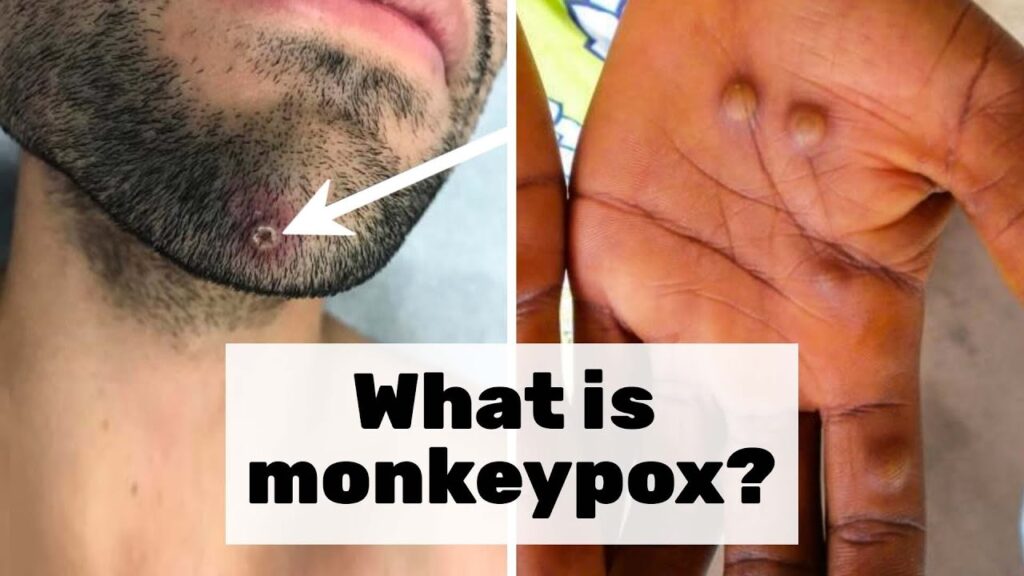The Sting of the Tarantula Hawk Wasp: Q&A with an Expert
Summary
In this blog post, we interview an expert on the tarantula hawk wasp – a giant wasp known for its powerful sting. We discuss the effects of the sting, the behavior of the wasp, and its relationship with tarantulas. While the sting of the tarantula hawk may sound scary, the risk of encountering one is low. If you do get stung, the best course of action is to lie down and scream – just like the experts recommend!
Table of Contents
- What is a tarantula hawk wasp?
- How powerful is the sting of a tarantula hawk wasp?
- What should I do if I get stung by a tarantula hawk wasp?
- Why don’t other animals mess with the tarantula hawk wasp?
- What is the relationship between tarantulas and tarantula hawk wasps?
- Conclusion
Introduction
The tarantula hawk wasp is a formidable creature, known for its painful sting and its relationship with tarantulas. But how dangerous is this insect, really? And what should you do if you accidentally encounter one? In this Q&A, we speak with an expert on the tarantula hawk wasp to learn more about this fascinating insect.
Q&A
What is a tarantula hawk wasp?
The tarantula hawk wasp (Pepsis spp.) is a solitary wasp that is native to the Americas. It is one of the largest wasps in the world, with a body length of up to two inches (5cm) and a wingspan of up to four inches (10cm). Despite its imposing size, the tarantula hawk is generally docile and will only sting if provoked or threatened.
How powerful is the sting of a tarantula hawk wasp?
The sting of a tarantula hawk wasp is known to be one of the most painful insect stings in the world. The pain is described as “positively electric” and can last for up to five minutes. However, the good news is that the risk of getting stung is relatively low. Tarantula hawks are not aggressive towards humans and will only sting if they feel threatened.
What should I do if I get stung by a tarantula hawk wasp?
If you are stung by a tarantula hawk wasp, the best thing to do is to lie down and scream. This may sound counterintuitive, but it is the recommended course of action according to a scientific paper on the subject. The intense pain can cause you to become disoriented and lose your balance, so lying down can prevent you from injuring yourself further. The screaming can also help to alert others to your situation and bring medical assistance if needed.
Why don’t other animals mess with the tarantula hawk wasp?
The reason other animals tend to avoid the tarantula hawk wasp is because of its powerful sting. The venom is so potent that it can even affect animals that are immune to the venom of other insects. In addition, the wasp’s bright coloration serves as a warning to potential predators that it is not to be messed with.
What is the relationship between tarantulas and tarantula hawk wasps?
Tarantula hawk wasps are known for their relationship with tarantulas. The female wasp will hunt for a tarantula and then sting it, paralyzing it. She will then drag the paralyzed tarantula to a burrow, where she will lay her eggs on it. When the eggs hatch, the larvae will burrow into the tarantula’s body and feed on its tissues, eventually killing it. This relationship, while gruesome, is an important part of the ecosystem, as it helps to keep tarantula populations in check.
Conclusion
The tarantula hawk wasp may sound like a terrifying creature, but in reality, it poses little threat to humans. While the sting is incredibly painful, the wasp is not aggressive towards humans and will only sting as a last resort. If you do happen to encounter one, remember to lie down and scream – it may seem odd, but it could save you from further injury. And take comfort in the fact that, even if you do get stung, things could be much worse for you – just ask the tarantulas!





